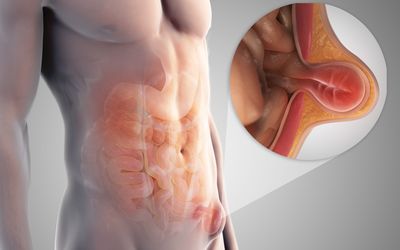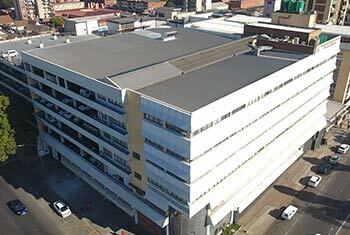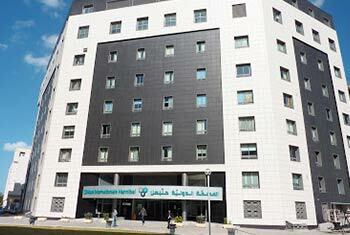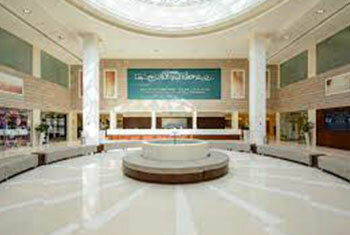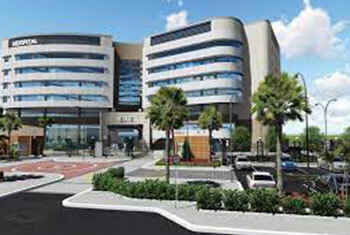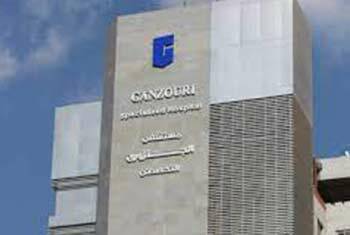Hernia Repair Details
A hernia occurs when an organ or fatty tissue squeezes through a weak spot in a surrounding muscle or connective tissue called fascia. This can be painful as it might obstruct the supply of blood to that part of the organ and you feel very uncomfortable.
Types of hernia include:
Inguinal Hernia - In an inguinal hernia, the intestine or the bladder protrudes through the abdominal wall into the inguinal canal in the groin. This canal allows your testis to descend into the scrotum sac before your birth. About 96% of all groin hernias are inguinal, and most occur in men.
Umbilical hernia - Umbilical hernia is most commonly seen in new born babies, obese women etc., part of the small intestine passes through the abdominal wall near the navel.
Hiatal Hernia - A hiatal hernia happens when the upper stomach squeezes through the hiatus, an opening in the diaphragm, through which the esophagus passes.
Femoral Hernia - This type of hernia is most common in women and or individuals who are obese. In this condition intestines enter into the femoral canal which houses the femoral artery, smaller veins, and nerves. It’s located just below the inguinal ligament in the groin. A femoral hernia will appear as a bulge near the groin or thigh.
